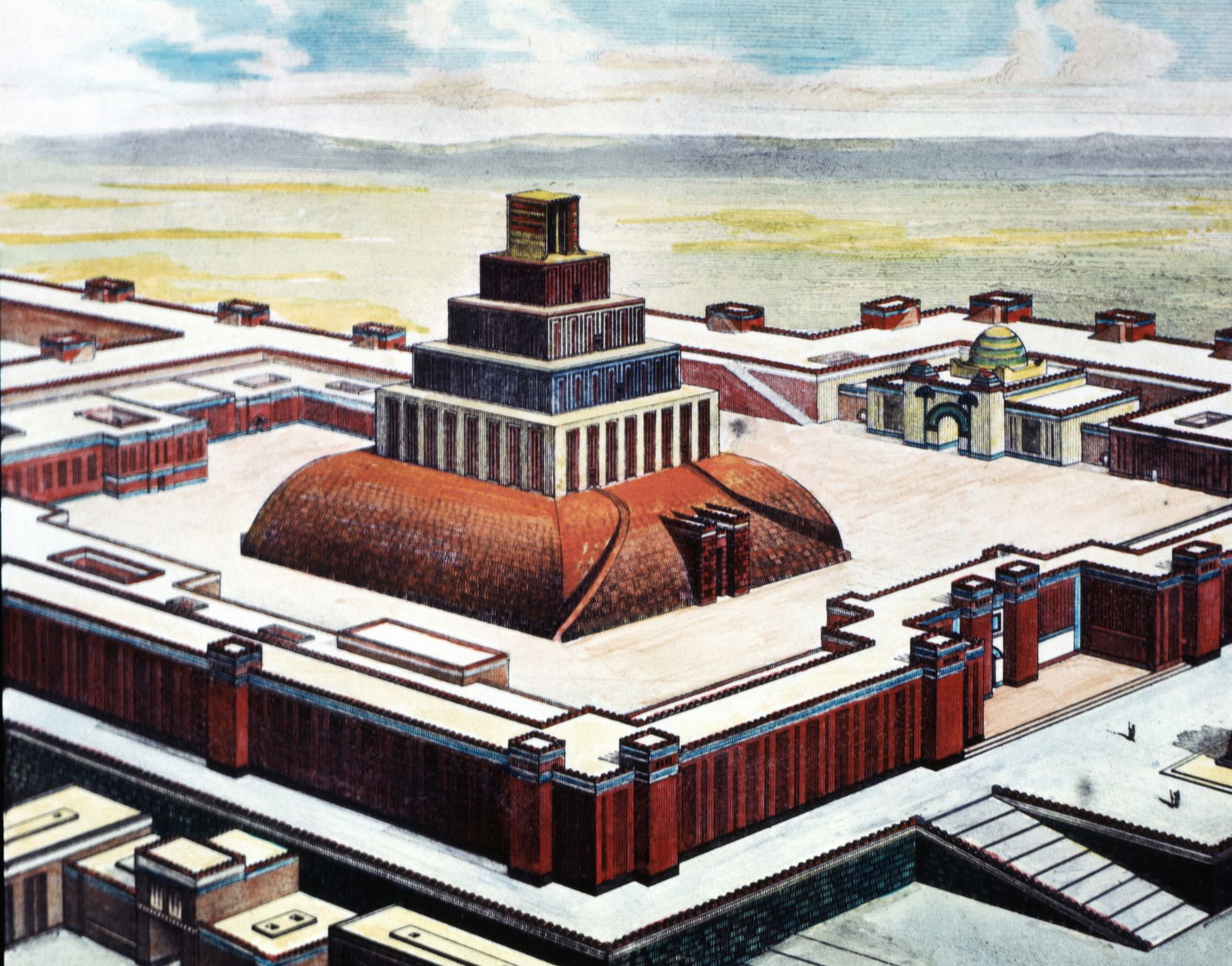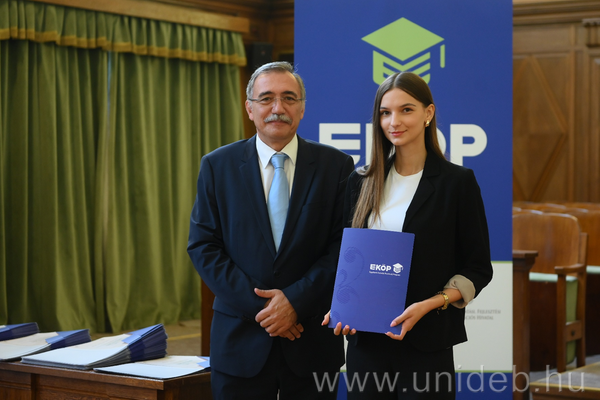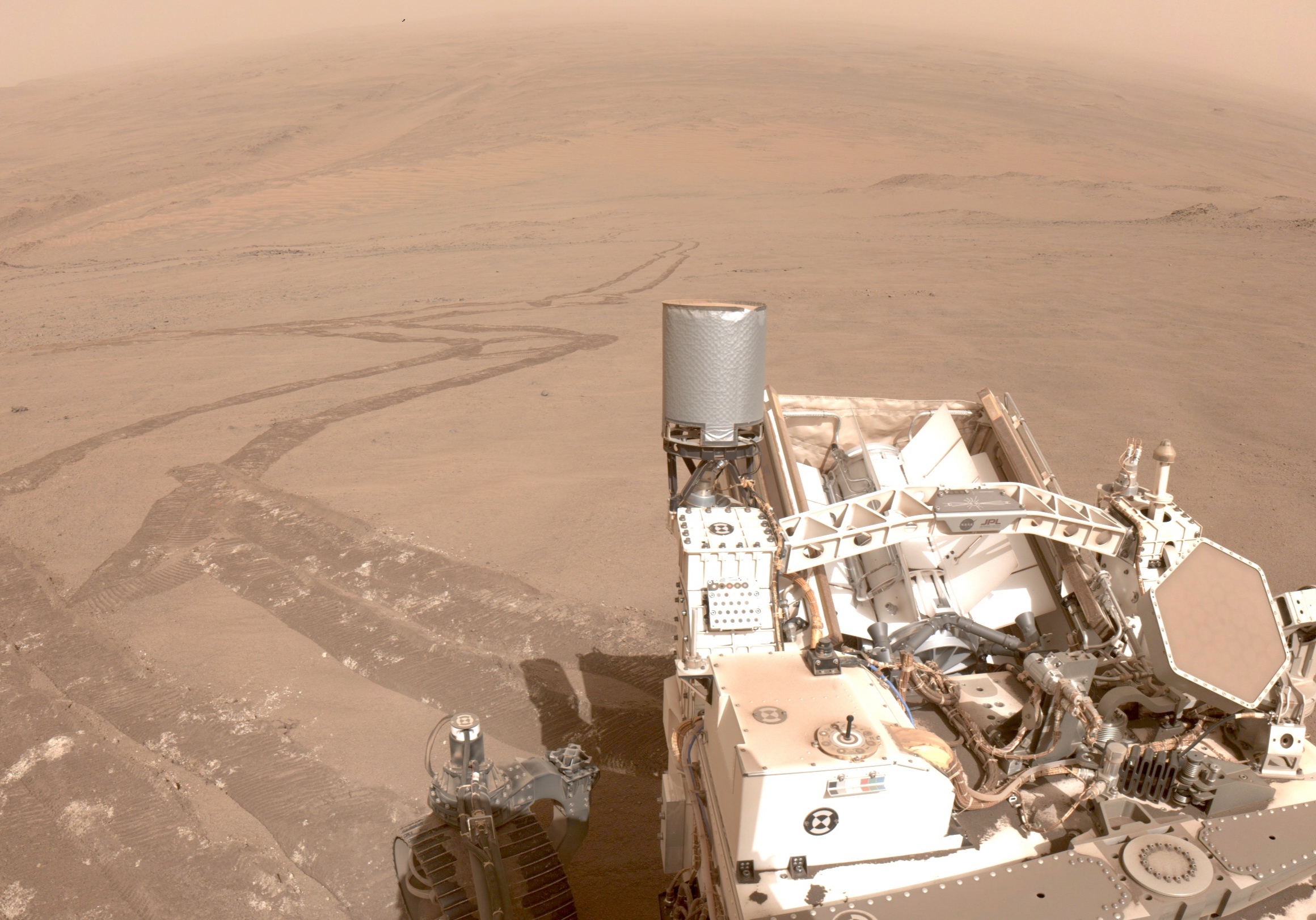For the first time, clumps of material have been discovered around a young star that form the basis of giant planets; Hungarian scientist Ágnes Kóspál, scientific advisor to the Konkoly Thege Miklós Institute for Astronomy (CSFK CSI) of the ELKH Center for Astronomy and Earth Sciences, also participated in the international astronomical collaboration – the Eötvös Loránd Research Network (ELKH) wrote on Monday.
Using the European Southern Observatory’s (ESO’s) Very Large Telescope (VLT) and ALMA radio antenna system (Atacama Large Millimeter / submillimeter Array), researchers have observed large clumps of dust-rich material near the star V960 Mon; For the first time, clumps have been detected around a young star that could later form giant planets through gravitational collapse.
Located more than 5,000 light-years from Earth in the constellation of Monoceros (the Unicorn), the star first caught the attention of astronomers in 2014, when it unexpectedly increased in brightness by more than twenty times during an explosion.
V960 Mon was also part of the survey led by Ágnes Kóspál, from which, with the help of ALMA measurements, it was established that the disks around young volcanic stars are usually smaller than the disks of normal young stars that do not show eruptions, but at the same time they are more massive . The results indicated that most of these elements could be gravitationally unstable, meaning that material orbiting the star could clump together and then the clumps could collapse.
After the discovery of the spiral arms, astronomers led by Philip Weber (University of Santiago, Chile) re-examined previous ALMA measurements. VLT observations probe the surface of dusty material around the star, while ALMA can delve deeper into its structure. An extensive reprocessing of the ALMA measurements has indicated that the spiral arms around V960 Mon are indeed disintegrating, resulting in clumps of planet-like mass. The discovery is significant because it is the first time that researchers have identified masses around a young star that can develop into giant planets.
According to astronomers, giant planets can form in two ways: either through a process of accretion, in which planetary progenitors collide and stick together, or through gravitational instability, when larger clumps of material around a star contract and collapse.
While researchers previously found evidence for the former scenario, there has been little indication of the latter, and the current observations are the first to demonstrate that gravitational instability can also occur on the size and scale of planets, CSFK points out in its statement.
ESO’s various instruments are allowing astronomers to observe more detail than ever before about this fascinating emerging planetary system. ESO’s Extremely Large Telescope (ELT), which is being built in Chile’s Atacama Desert, will soon play a major role in this. The statement said the ELT will allow researchers to learn more about the chemical properties of the clusters detected around V960 Mon and to reveal the composition of matter from which planets may form.
Ágnes Kóspál’s work is also supported by the European Research Council (ERC), and the study was prepared by staff from Chilean, American, Italian, Hungarian and Taiwanese research institutes. The publication presenting the research findings has been published in Astrophysical Journal Letters.












































